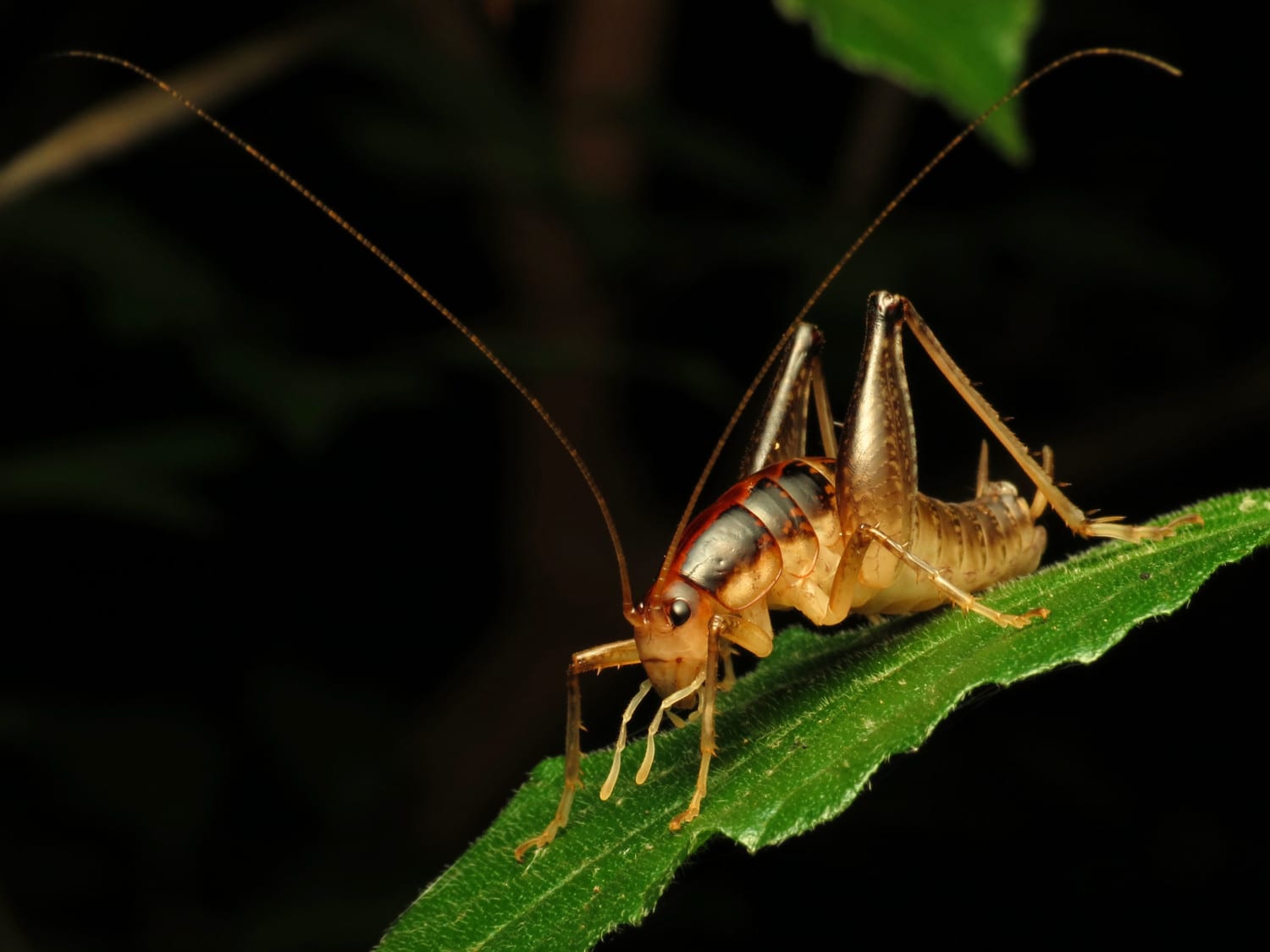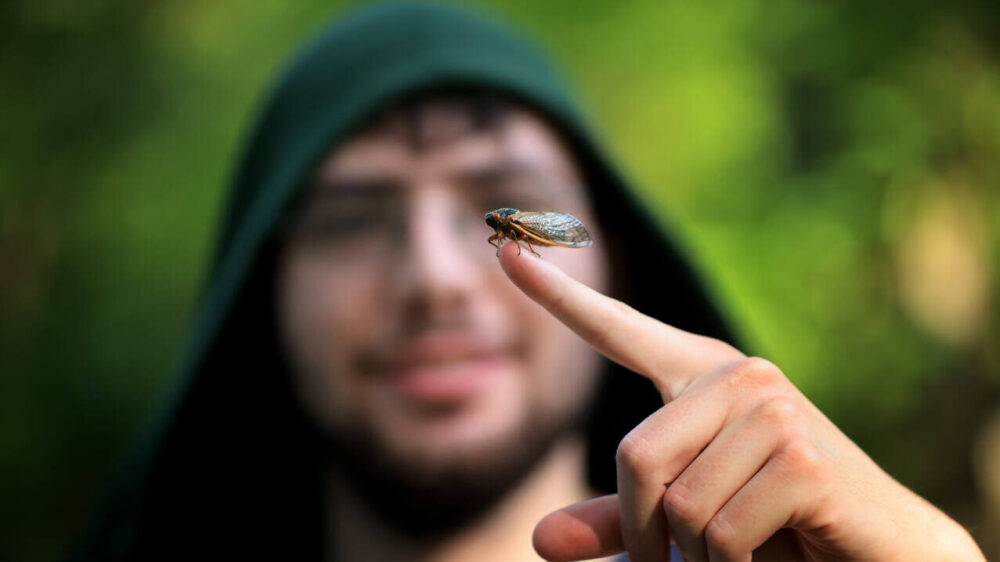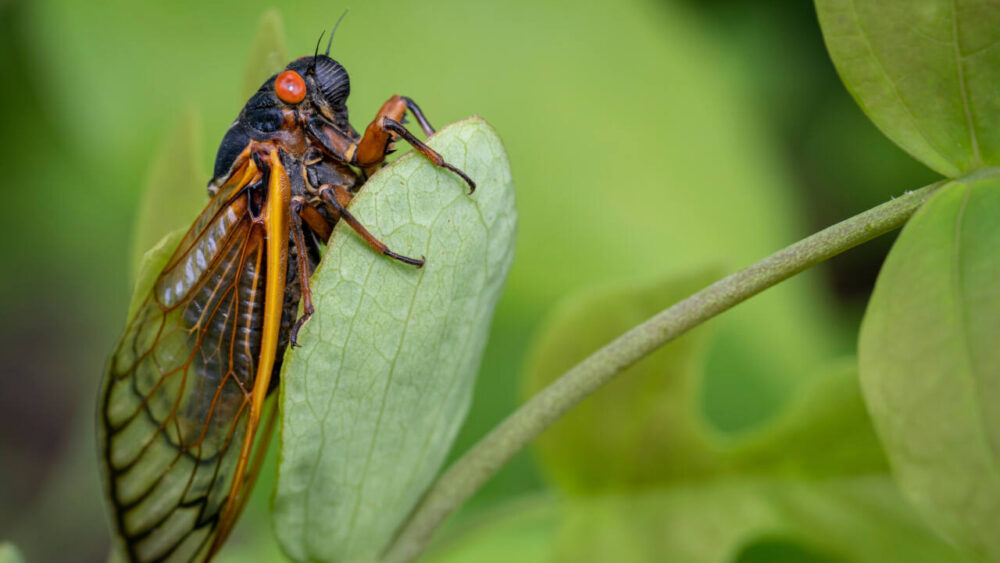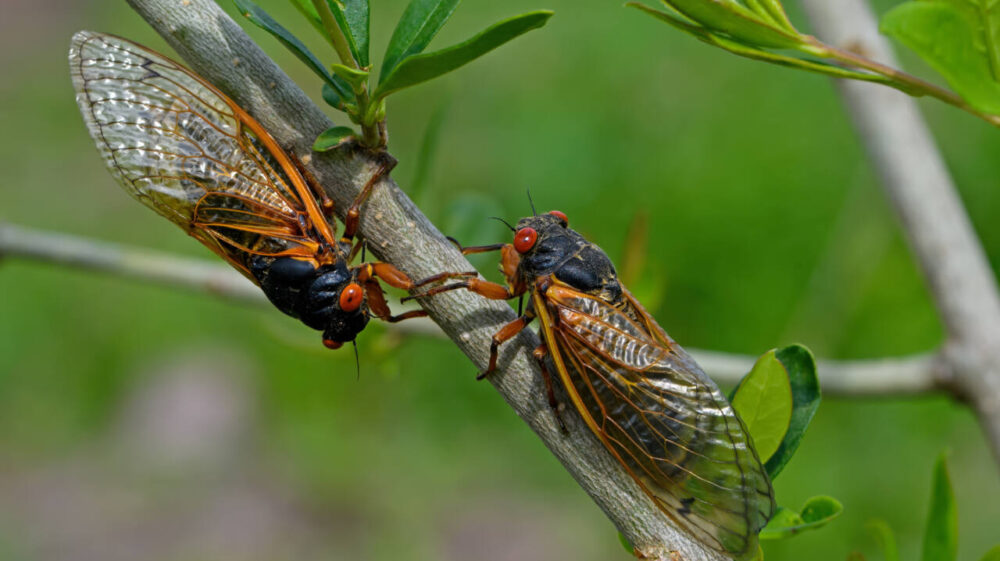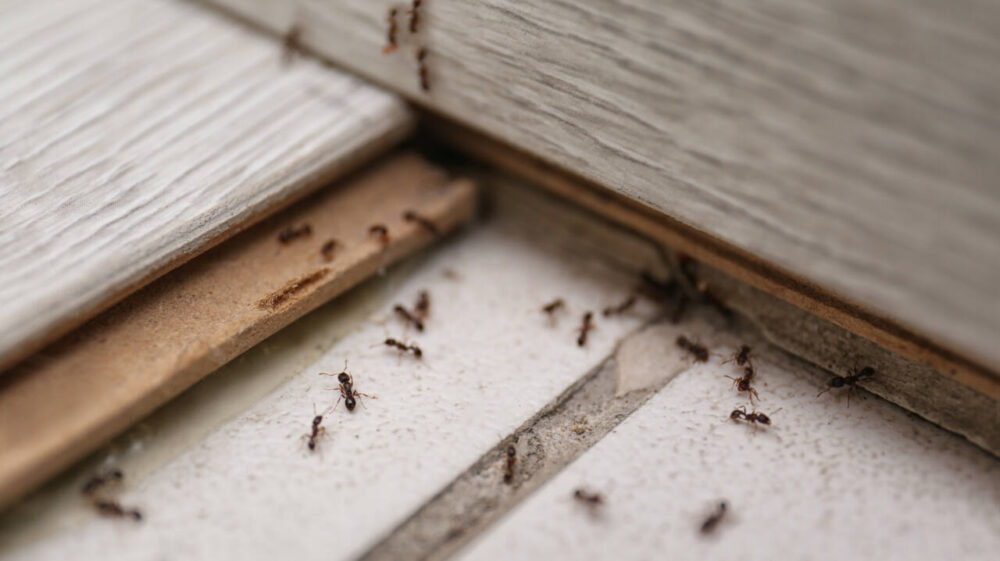What you need to know about spider crickets and how to get rid of them
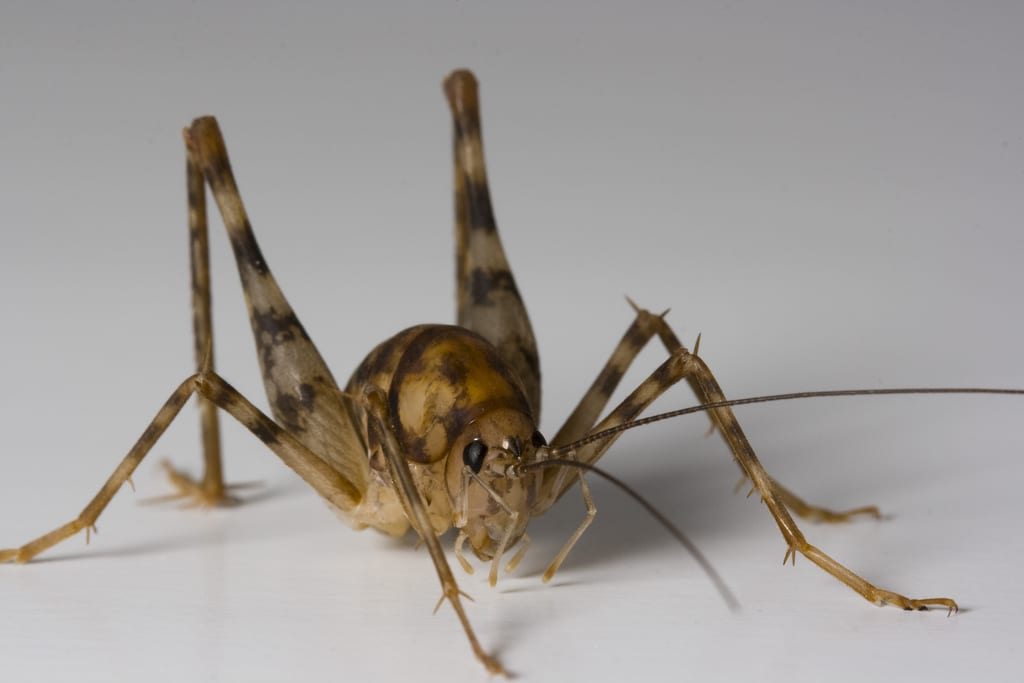
You already know about crickets, the source of that persistent chirping sound coming from your basement. But have you ever heard of a spider cricket?
The infamous insect goes by many names. Cave cricket. Camel cricket. Spider cricket. Crider. Spricket. Get the picture yet? It’s a cricket that looks like a spider, and it’s coming to a home near you. Unless it’s already there. Right beside you. Right near your shoulder. No, your other shoulder. Ahhhh! It’s in your hair!
Just kidding. But fall is prime time for these little critters and many people report that this invasive species is already popping up in their homes. So it’s possible you may have to confront these little buggers at some point. Here’s what you need to know.
They’re Everywhere
According to LiveScience, spider crickets outnumber human beings in the United States and can be found throughout every state in the country, though they seem to be more prevalent in the eastern United States.
They Like Dark, Damp Spaces
They’re not known as “cave crickets” for nothing! These creepy-crawlies tend to like basements, crawl spaces and sheds. During the summer and fall, they’re on high alert for habitats they can invade in order to wait out the winter.
They Will Jump At You If Confronted
No, really. We aren’t just trying to give you nightmares. Spider crickets do indeed “jump” at perceived predators when threatened. And they’re pretty good at it, thanks to their drumstick-shaped hind legs. Here’s hoping you have quick reflexes in the event you come upon one unexpectedly.
But They’re Harmless
Can spider crickets bite? They don’t have fangs, but they do have mandibles to aid in their omnivorous eating habits. So any nip they give you won’t actually hurt, nor will it be poisonous.
Still, They Can Chew Up Your Stuff
Though they can’t hurt you, those mandibles can still be used to chew up many items in your home. They can gnaw through cardboard, plants, clothing and other fabric. So if you store clothing or blankets in your basement in cardboard boxes, it’s possible that spider crickets could cause damage to those items.
Spider Crickets Are Considered An Invasive Species
Yup. Spider crickets are an invasive species. This means they’re non-native (they actually hail from Asia) and are considered to cause economic or ecological harm to human beings. This doesn’t mean that they’ll eat you out of house and home. Rather, it means that while some insects (such as house spiders and honey bees) are seen as valuable and critical to the thriving of the planet, no one would really mind if the spider crickets just went the way of the dodo.
As an invasive species, spider crickets are also are hardy, multiply quickly and can be very difficult to kill.
If you do have a spider cricket problem on your hands, experts say that reducing moisture in your home is key (such as with a dehumidifier), as is reducing clutter and keeping things neat. You may also want to consider an exterminator or all-natural pest reduction methods like peppermint satchels or peppermint oil.

But They Might Be Marginally Useful
Hate spider crickets with a passion? Don’t be too hasty. Some researchers say spider crickets may actually have a purpose. They eat dead stuff that lies around, such as rotting fruit, old garbage and human feces.
“Because they are scavengers, camel crickets may actually provide an important service in our basements or garages, eating the dead stuff that accumulates there,” explained Holly Menninger, director of public science in the Your Wild Life lab, in a statement.
So would you ignore a spider cricket infestation?


